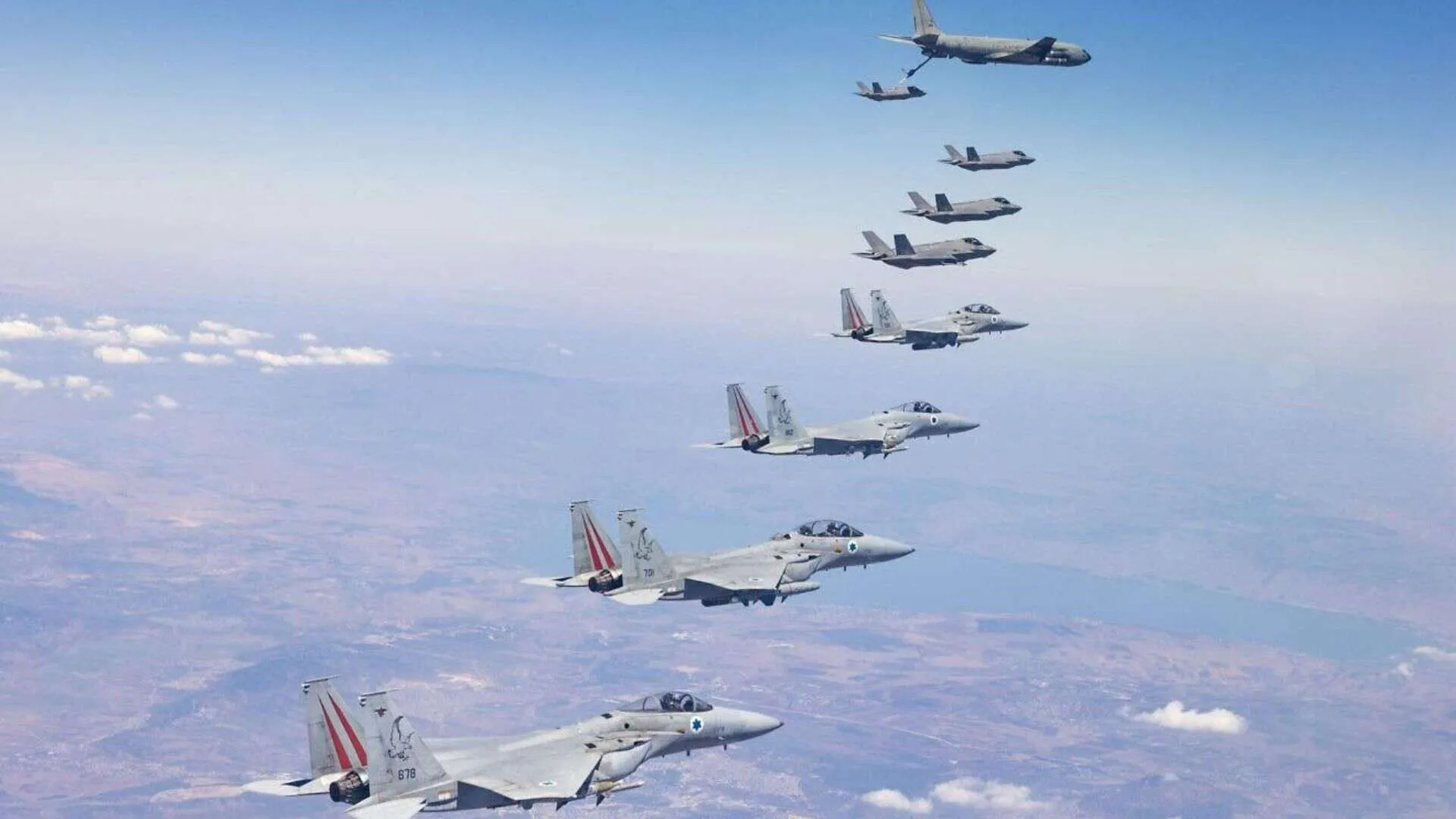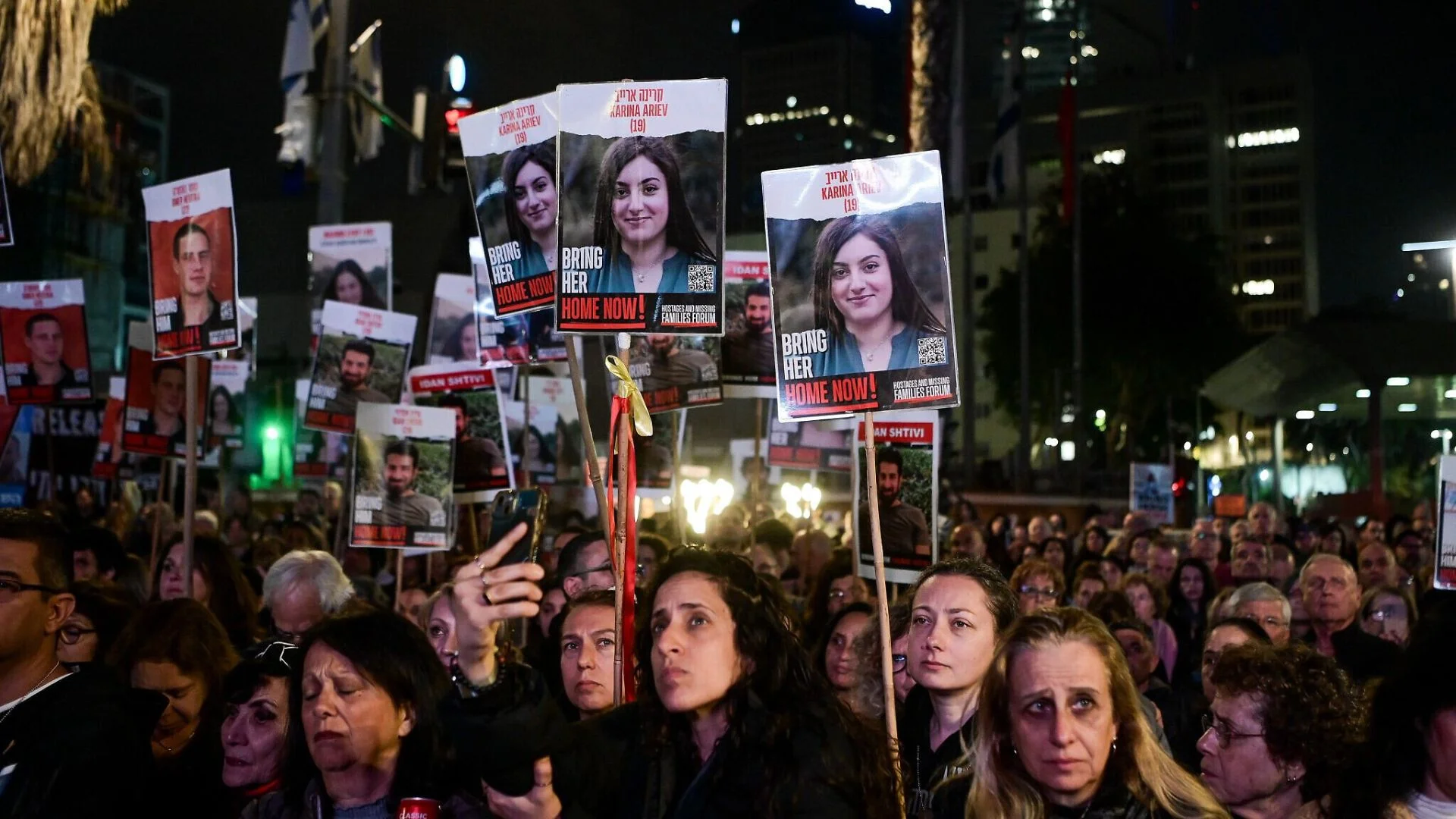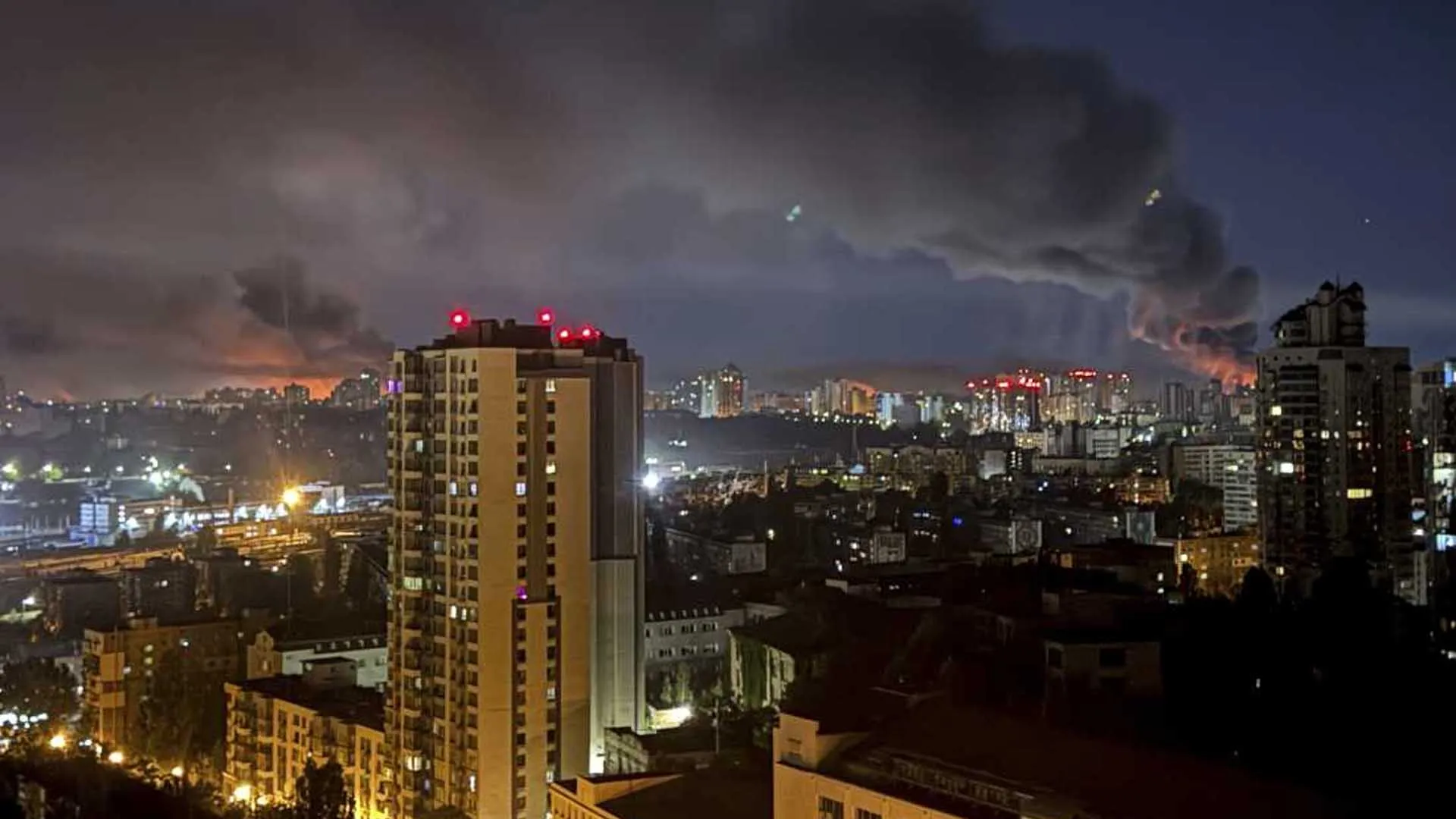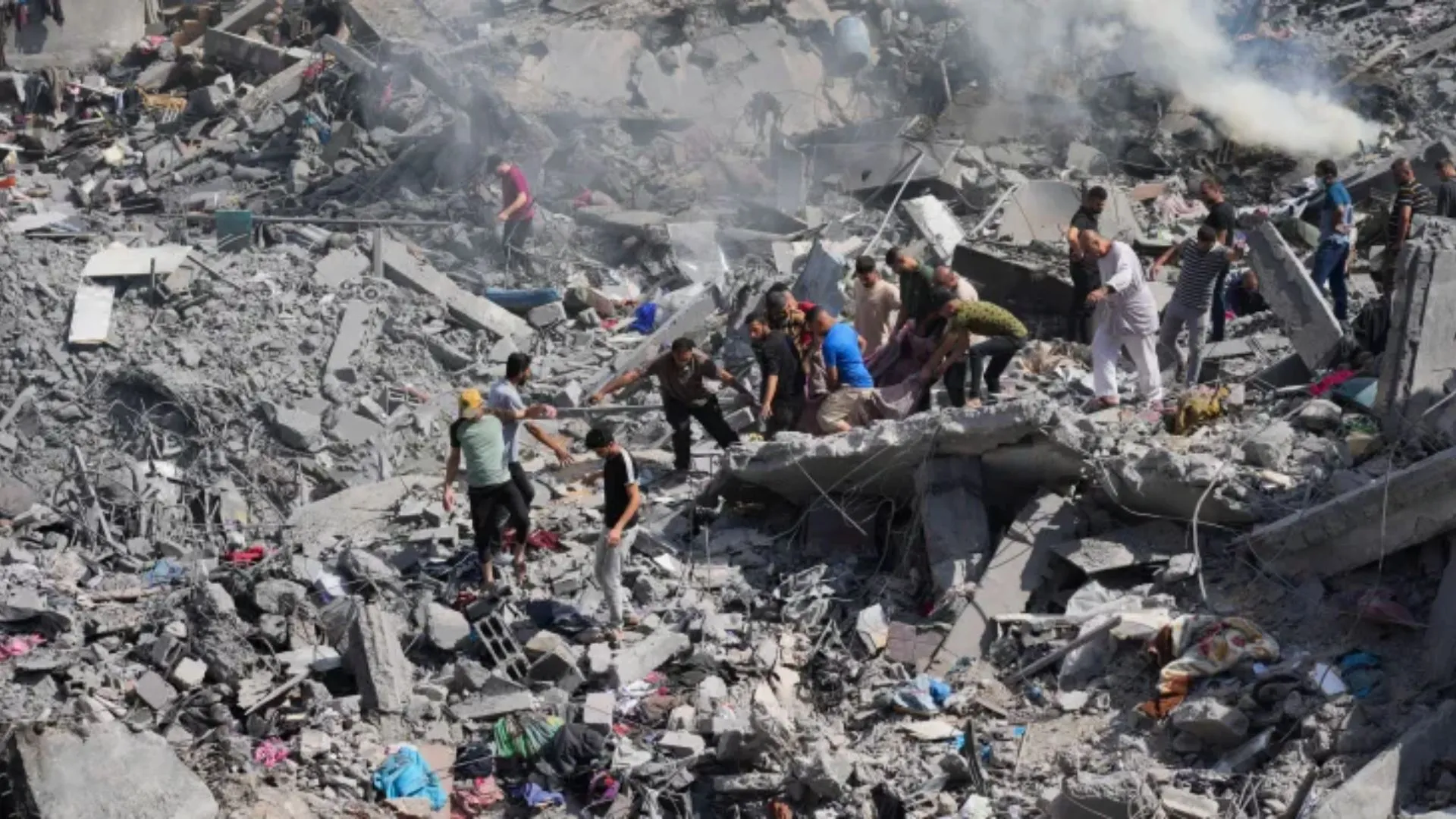A mix of meticulous planning, operational deception, and utmost secrecy allowed the United States to conduct an unexpected attack on Iran’s strategic nuclear facilities, said senior military leaders. The operation, which took place on Saturday evening, entailed a high-tech ploy that deceived Iranian defense and enabled U.S. bombers to attack their targets undetected.
The exercise started with a public diversion: a number of B-2 bombers were observed departing from Whiteman Air Force Base in Missouri, leading to speculation among analysts that the U.S. was planning to launch an overt attack on Iran. But officials went on to disclose this squadron was nothing but a decoy, a part of a larger plan to create a diversion.
Real Strike Group Operates Under the Radar
While the whole world watched the Missouri-based bombers, the strike group in question, seven B-2 stealth bombers had already set off on an 18-hour flight to the east. Under radio silence and mid-air refueling, the planes flew undetected as they drew near Iranian territory. Dubbed the largest B-2 stealth bomber operation in U.S. history, Operation Midnight Hammer was the mission.
As the bombers approached their targets, further layers of deception were put in place. A U.S. submarine fired more than two dozen Tomahawk cruise missiles, while American fighter jets flew ahead to distract and look out for Iranian aerial or missile attacks.
Precision Bombing Hits Iran’s Nuclear Sites
When they arrived at their targets, the stealth bombers dropped 14 GBU-57 Massive Ordnance Penetrators each one 30,000 pounds onto three of Iran’s main nuclear sites. Altogether, the Pentagon said that more than 125 U.S. military planes participated in the mission.
This was the second-longest B-2 mission ever flown, exceeded only by our response to 9/11,” said General Dan Caine, chairman of the Joint Chiefs of Staff. “Iran’s fighters never scrambled. Their missile defenses never saw us. We maintained the element of surprise.”
Impact of the Attack
Initial estimates suggest that the attacks inflicted “extremely severe damage and destruction” on each of the three targeted nuclear facilities, although General Caine did not verify that Iran’s nuclear program had been completely dismantled.
U.S. Defense Secretary Pete Hegseth was more forceful in his evaluation, however, reporting: “It was clear we devastated the Iranian nuclear program.”
The bold and carefully planned operation underscores the use of deception and stealth in contemporary war, and represents a serious escalation of U.S. military activities aimed at Iran’s nuclear program.























